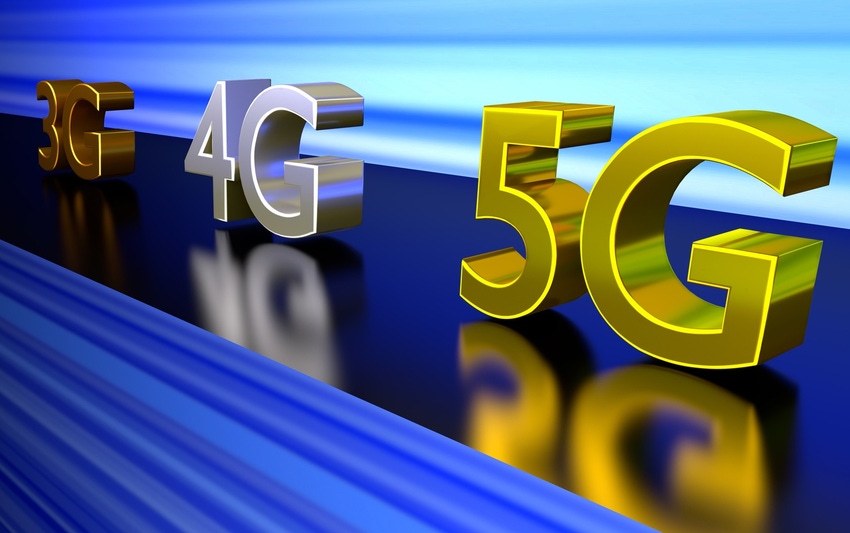The Vodafone and Liberty joint-venture VodafoneZiggo decided to switch off its 3G network to bring “The Netherlands much faster, safer and stabler mobile internet.”
February 5, 2020

The Vodafone and Liberty joint-venture VodafoneZiggo decided to switch off its 3G network to bring “The Netherlands much faster, safer and stabler mobile internet.”
In a release called “End of the 3G era”, VodafoneZiggo announced that “as of February 4th 2020, Vodafone will take its 3G network off the air.” The company, one of the first mobile operators to switch off 3G, explained the main rationale behind the decision is to free up frequencies for 4G, so that consumers currently only served by 3G networks can enjoy mobile internet “a fraction better”. Deploying 5G in the future on the frequencies made available is also on the card.
VodafoneZiggo warned those consumers that have held on to their phones since before its 4G service went live in 2013 that they may lose internet connections on their phones. It also suggested old SIM users order new SIMs with 4G enabled.
3G, first switched on by NTT DoCoMo in 2001, has been using 900MHz and 2100MHz in Europe and large parts of Asia Pacific, the frequencies that are valuable for mobile operators to roll out newer generations of wireless technologies to large proportions of the population. Meanwhile, the 384kbit/s data rate supported by 3G does not allow too much mobile internet to run on it.
It was only when 4G, with much higher data rate (theoretically up to 100Mbps downlink), was widely deployed did the whole mobile internet ecosystem start to flourish. So, it makes sense for the operators to drop the curtain on 3G and refarm these frequencies for 4G and 5G, which will generate higher returns.
Ironically although 3G went live 10 years after the first GSM network was launched (in 1991 in Finland), we may see 2G networks last longer. It is not so much that many people are still making phone calls or sending text messages over 2G, as it is powering large wide area IoT networks, such as utility metering, thanks to 2G’s low power consumption and wide coverage. The industry has also recognised this generational skip. For example, some Open RAN compatible radio products have been designed to support both 2G and 4G without bothering about 3G.
About the Author(s)
You May Also Like








.png?width=300&auto=webp&quality=80&disable=upscale)


_1.jpg?width=300&auto=webp&quality=80&disable=upscale)


.png?width=800&auto=webp&quality=80&disable=upscale)